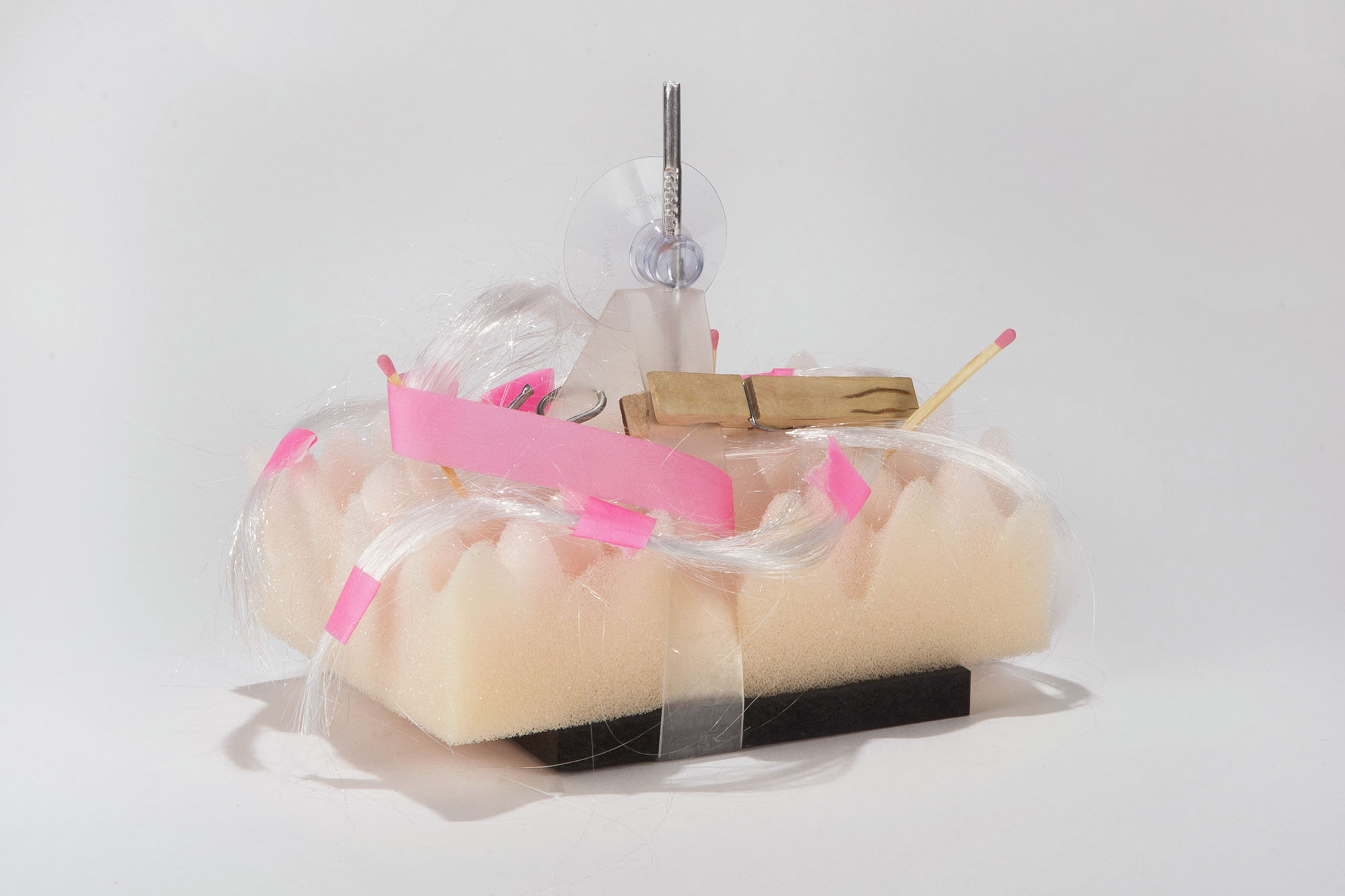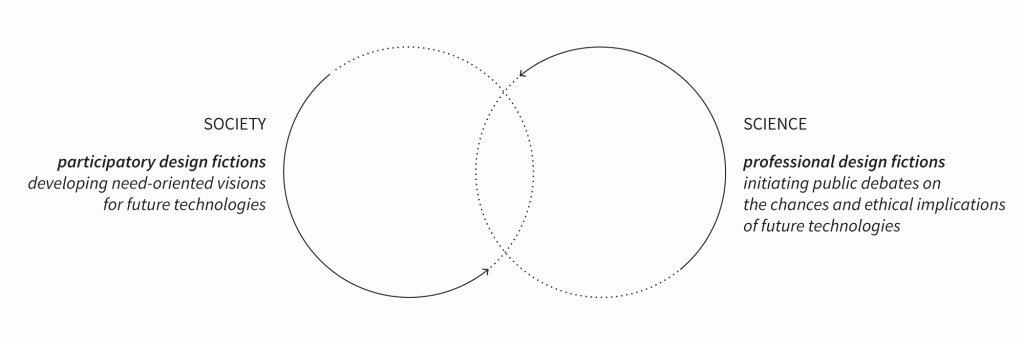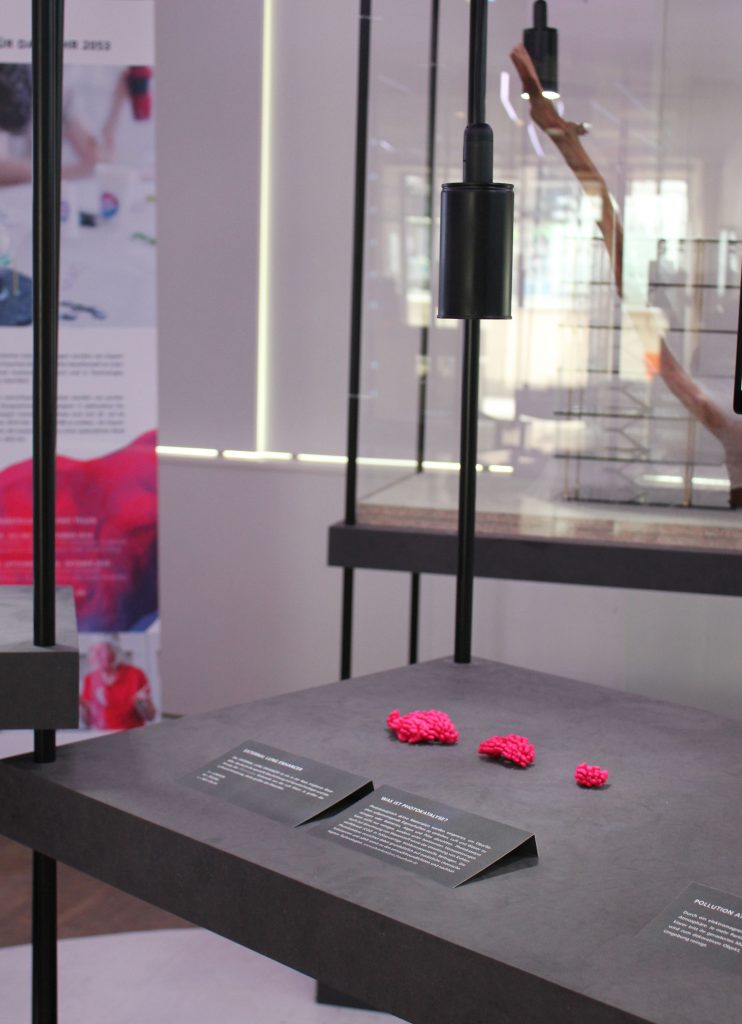
Debate Through Design
Incorporating contrary views on new and emerging technologies
2019
am_ Fraunhofer Center for Responsible Research and Innovation
für_ The Design Journal, Track 3. Social Circles
als_ Autorin
mit_ Dr. Marie Heidingsfelder, Fabian Bitter
Emerging technologies have the potential to affect our minds, bodies, and society on a fundamental level. Many current decisions related to technology development have far-reaching social and ethical implications, yet societal debates on the issue rarely move beyond a discussion of (undifferentiated) utopias and dystopias. This paper presents a methodological approach in which design fiction is used to prompt societal actors to engage in debate about the social and ethical implications of advances in technology, and the creation of socially desirable futures – thus shedding new light on technological development from a societal perspective. Within a theoretical framework that draws on a combination of theories from science and technology studies (STS), design research, participatory technology assessment (pTA) and science communication, and on the basis of practical findings from interdisciplinary research projects, we show how design fiction can be used to effect „debate through design“.
From the first tools and techniques invented by humans, the history of humankind has also been the history of (artificial) technologies. Technology and society are intertwined and mutually constitutive (cf. Ropohl, 1979; MacKenzie & Wajcman, 1999): humans invent and design technologies, and those technologies in turn shape their users, social groups, and society as a whole. This interdependence, which is well studied and has been extensively analysed in the existing science and technology studies (STS) literature, has not become any less significant over time. On the contrary, recent scientific advances, especially in the fields of artificial intelligence (AI), robotics and the internet of things (e.g. healthcare robots and smart home devices,) and biotechnology (e.g. CRISPR and human enhancement technologies) raise a new range of ethical questions. Emerging technologies have the potential to affect our minds, bodies, and society on a fundamental level – and many current decisions related to technology development have far-reaching social and ethical implications.
Even so, societal debates on the issue rarely move beyond a discussion of (undifferentiated) utopias and dystopias. The reasons for this are manifold and include the Collingridge dilemma (Collingridge, 24, 1982), a lack of scientific literacy (cf. Gräber & Nentwig, 2002; Süerdem & Çagliyor, 2016), a lack of bidirectional science communication in the field of new technologies (cf. Schäfer, 2009; Siune et al., 2009; Sturgis, 2014), the speed of technological progress, and the decline of trust in institutions (Edelman, 2017). Against this background of tremendous socio-technological opportunities coupled with a lack of public engagement in scientific development and research, this paper presents a methodological approach in which design fiction is used to prompt societal actors to engage in debate about the social and ethical implications of advances in technology, and the creation of socially desirable futures. In this approach, in other words, design is used to shed new light on technological development. The use of design fiction in science communication can contribute greatly to interdisciplinary synergy and lead to new insights. On the one hand, it enriches the heretofore predominantly text-driven area of science communication with new tools and techniques, while on the other hand presenting designers and design researchers with new (analytical and communicative) methods. Furthermore, it repositions design as a means of fostering sociotechnical development that not only focuses on small groups and local communities. It facilitates the development of alternative (sociotechnical) futures and the involvement of a greater number of people in this process – which can in turn lead to the formation of new networks and coalitions (Manzini, 2015). Here, designers themselves can take on key roles, which merit further exploration and definition. They could, for instance, become mediators between disciplines and actors, future thinkers, experts in the development of new solutions, or critical observers of the present.
To read the whole paper please click here.


2_ Professional design fictions for ‘shaping future’
3_ Exhibition setting of professional design fictions for ‘shaping future’